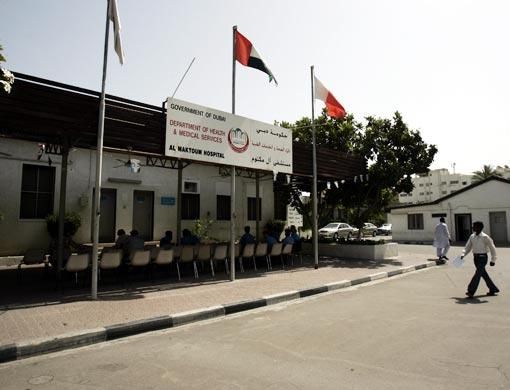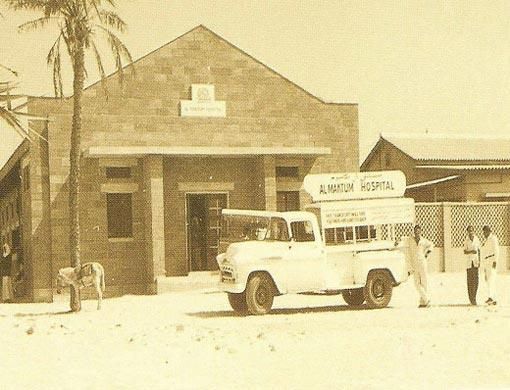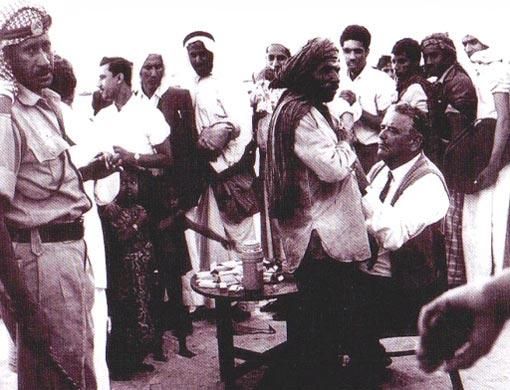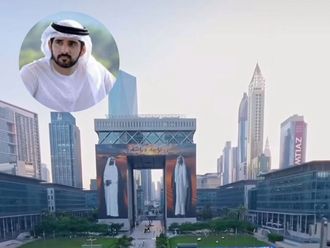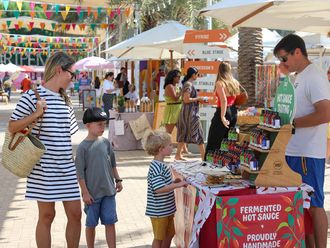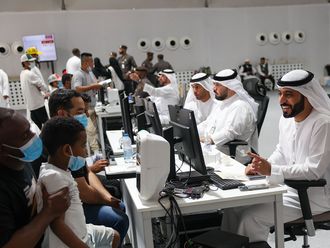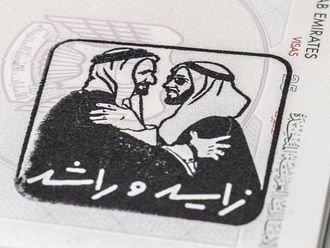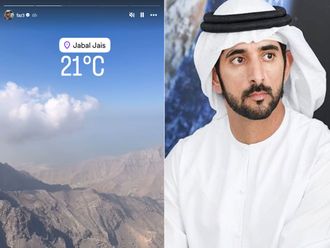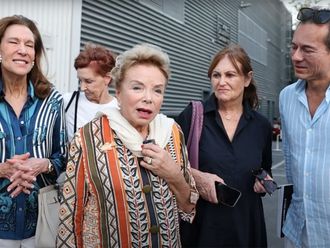Dubai: Al Maktoum Hospital continues to be one of the leading landmarks in the emirate since its inauguration 57 years ago.
Construction of the first section of Al Maktoum Hospital began in 1951 and was completed a year later with only 12 beds. After the hospital opened to the public the late Shaikh Rashid Bin Saeed Al Maktoum instructed that it be expanded. It was eventually extended to more than 155 beds.
Over a span of two decades, the single ground-floor building hospital that mainly concentrated on providing vaccinations gradually became one of the leading hospitals in the country.
"It was the first hospital in the UAE and was run by a British sergeant called Dr MacKolly, who worked for the Royal Air Force. He was responsible for the hospital and would see all sorts of cases and perform minor operations, give vaccinations and various treatments," said Dr Mirza Al Sayegh, consultant physician at Al Maktoum Hospital.
He is also Head of the Emirates Respiratory Society at the Emirates Medical Association.
Over the years the need to expand the hospital proved vital to cater to the increasing number of patients.
The hospital was built on limited ground and there was not enough space to house all the medical equipment, so a number of wings were added to also meet the needs of the growing number of patients.
"Dr MacKolly felt attached to the hospital because he was there when it first started and was also closely involved in the growth of the medical healthcare system," said Dr Al Sayegh.
"He loved this city so much that in his Will he wrote that he wanted his ashes to be immersed in Dubai Creek."
In 1985, two doctors took up the task of setting up the respiratory unit at the hospital - Dr Al Sayegh and Dr Syed Nasser, who have been responsible for overseeing its daily activities ever since. However, by the time the respiratory unit was up and running, the decline of the hospital had already begun.
"Since the opening of Rashid Hospital in 1971, many doctors from Al Maktoum Hospital went to work there. The medical department at the time started out with only two units, and then over time, all the other units followed. It was a new and large building so it made sense to shift all the departments to Rashid Hospital," said Dr Al Sayegh. As the departments moved to their new grounds, the hospital gradually turned into a primary healthcare clinic that conducted medical reports for visa and residency purposes, in addition to the respiratory department that isolates and treats patients with tuberculosis in private rooms.
To keep up with the high standards of medical healthcare services, the respiratory department will soon also move to Rashid Hospital, as many of its other departments did before.
"We will probably evacuate the hospital next month. We were supposed to have transferred last year, but due to delays we will soon see the shift of the department, and the hospital will be converted into a museum," he said, adding that although many residents will miss the hospital, the transfer will be beneficial because the building was becoming too old to repair.
Officials at Dubai Municipality said that the old wing of the hospital will be converted into a museum, and will feature vintage pictures as well as medical equipment that was used in the 1950s.
"He [Dr MacKolly] loved this city so much that in his Will he wrote that he wanted his ashes to be immersed in Dubai Creek."


